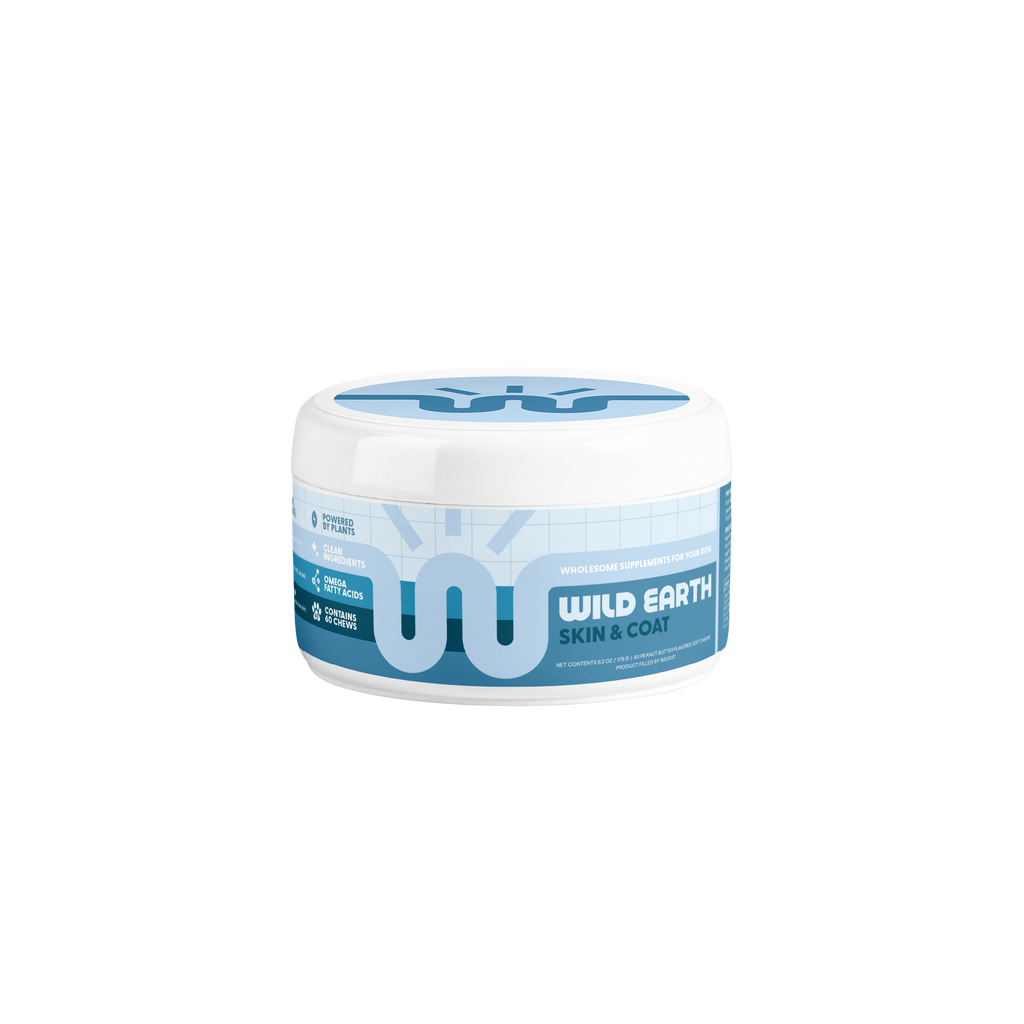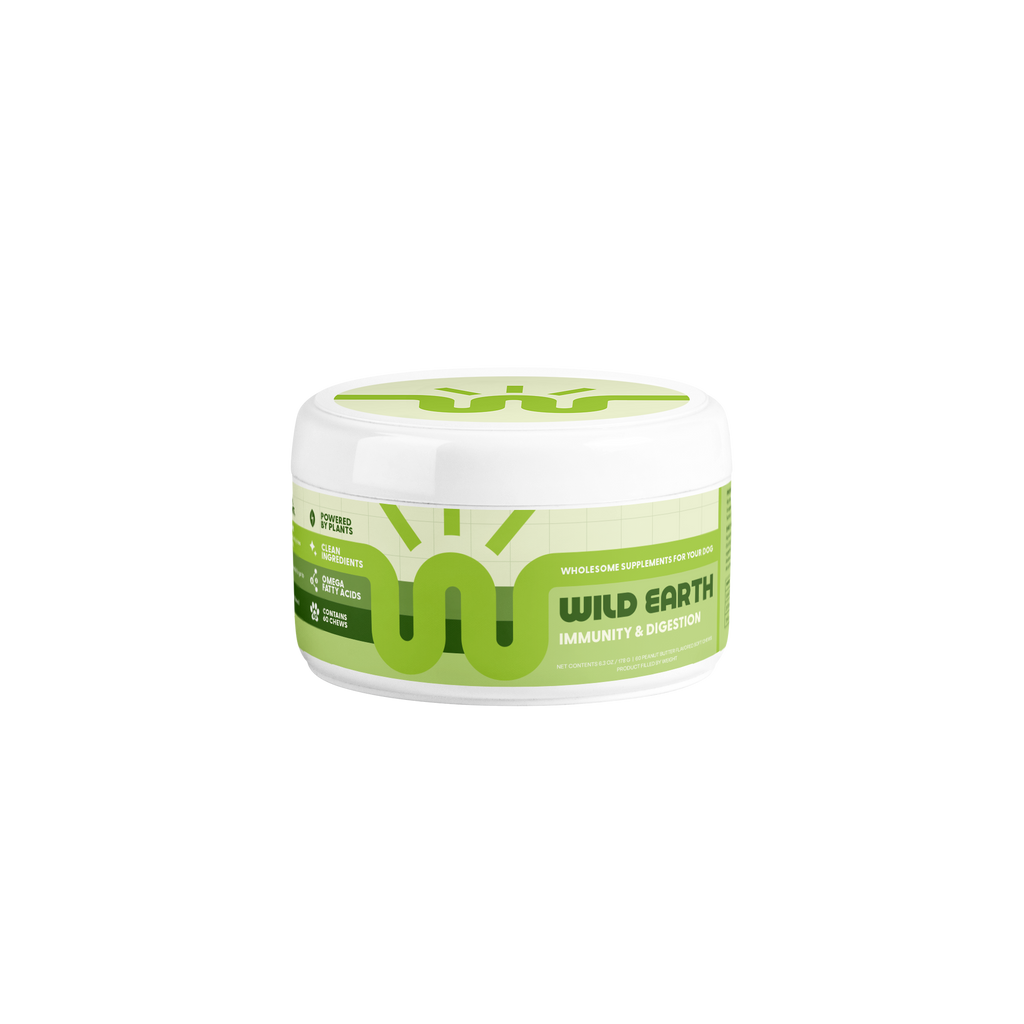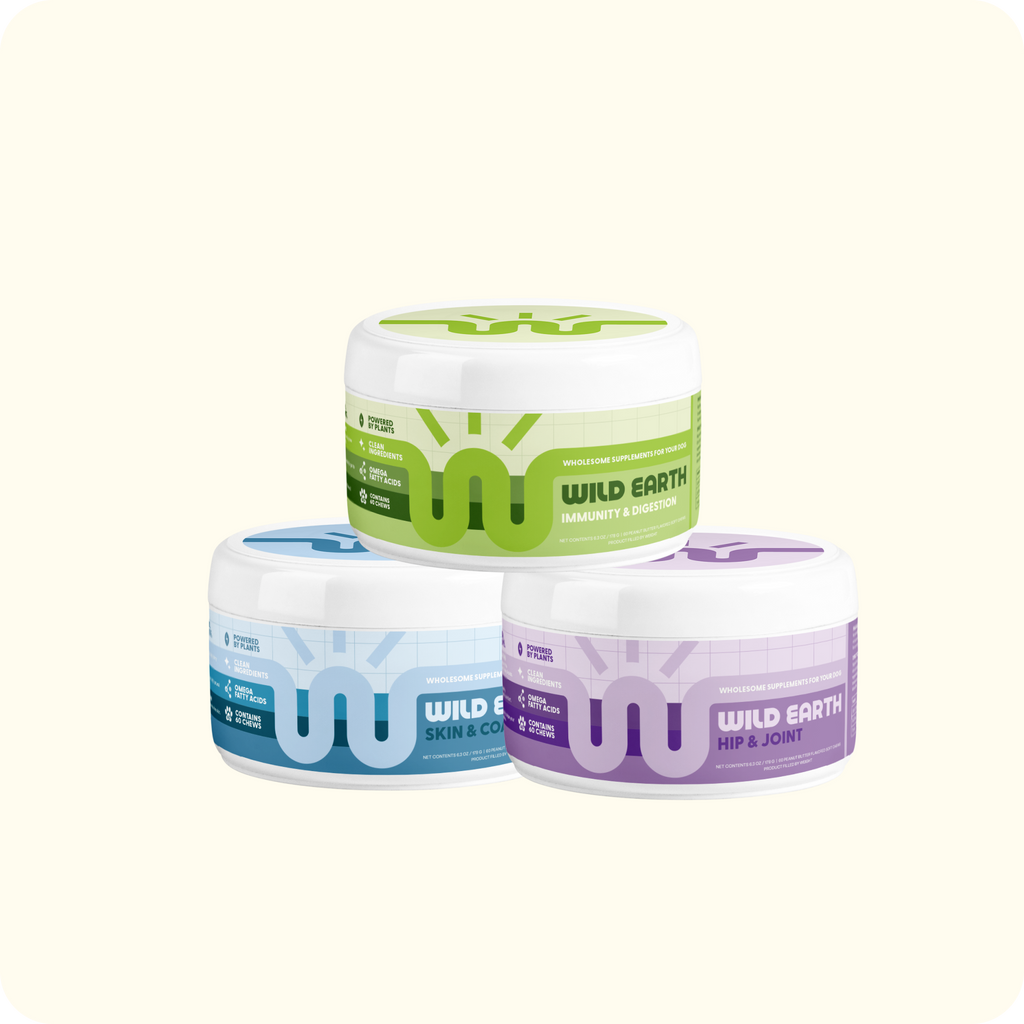
How to Calculate Your Dog's Daily Calorie Needs
Every day we fill up our dog’s food bowl. After all, we know our dogs require a well-balanced diet to stay healthy and maintain their ideal weight – and feeding them the right amount of food is crucial for their overall well-being.
But what is the right amount of food? While the feeding guide on the back of a dog food bag is a great starting point, it is just that – a rough estimate.
For those of you wanting to go one step further and determine your dog's daily calorie needs, we've got you covered. In this guide, we'll break down the steps to calculate your adult dog's daily calorie requirements.
Step 1: Gather Your Dog's Basic Information
Before you start calculating calorie needs, you'll need to gather some basic information about your dog:
- Age*: Puppies and senior dogs have different calorie requirements.
- Weight: Your dog's current weight is a critical factor.
- Activity Level: Is your dog sedentary, moderately active, or highly active?
- Neuter/Spay Status: Altered dogs may have different calorie needs.
*In this guide, we are only discussing adult nonreproductive dogs. If you have a puppy, pregnant, or senior dog then it is best to discuss daily calorie needs with your veterinarian.
Step 2: Determine Your Dog’s Body Condition Score
This step will help you determine whether your dog is overweight or obese, at an ideal weight or underweight – which will ultimately play a role in how much you feed.
In order to determine your dog's body condition score (BCS) you will first conduct a visual inspection. Examine your dog from a few different angles: from above and from the side.
From above, a dog at an ideal weight (BCS 4-5) will have a noticeable waistline behind the rib cage. From the side, their abdomen should be tucked up behind the ribcage.
Next, use the palm of your hand and run it along the sides of their rib cage. You should be able to feel the ribs without pressing too hard.
Using the information you just gathered, and the chart below, score your dog using the body condition scoring system on a scale of 1 to 9, where 1 is emaciated, 5 is ideal, and 9 is obese. Most dogs should ideally fall around 4 or 5 on this scale.
- A score of 1 or 2 indicates your dog is too thin and may need more food or a different diet.
- A score of 3 suggests your dog is slightly underweight.
- A score of 4 or 5 indicates your dog is at an ideal weight.
- A score of 6 or higher suggests your dog is overweight and may require dietary adjustments and more exercise.
Regularly assessing your dog's body condition score can help you maintain their overall health and well-being by ensuring they are at a healthy weight for their breed and age.
If you are unsure about your dog's BCS or if you suspect they are overweight or underweight, consult your veterinarian. They can provide guidance on diet, exercise, and any underlying health issues that may be contributing to your dog's condition.
Step 3: Calculate Your Dog's Resting Energy Requirement (RER)
The RER is the number of calories your dog needs at rest to maintain basic bodily functions. You can calculate it using the following formula:
RER (in calories) = 70 x (body weight in kilograms)^0.75
Take notice that the body weight must be converted to kilograms, which can be done easily by dividing your dog’s body weight in pounds by 2.2.
Let's try an example: Say you have a 50 lb adult Labrador Retriever named Luna. The RER calculation would look like this:
RER = 70 x (25 kg)^0.75 = 783 calories per day
- Convert lbs to kg using the formula (dog weight in lbs) / 2.2 = dog weight in kg. For our example, (55 lbs) / 2.2 = 25 kg
- Now input the value into the formula: (25 kg)^0.75 = 11
- RER = 70 x (11) = 783 calories per day
If your dog is overweight/obese, speak to your vet about what their “ideal” weight would be, and calculate their RER based on ideal weight instead of current weight.
Step 4: Multiply the RER by an Activity Factor
Once you have the RER, you need to adjust it based on your dog's activity level:
- Sedentary/Obese Prone: Multiply RER by 1.2- 1.4
- Moderately Active: Multiply RER by 1.5
- Highly Active: Multiply RER by 2.0 - 5.0
This is referred to as the Maintenance Energy Requirement (MER).
MER = RER x activity factor
Remember that this is the amount of calories your dog can have per day– and that INCLUDES treats. Treats should only make up 10% of your dog’s daily caloric intake (aka their MER).
Now, back to our example. Let’s say Luna is a moderately active dog. Using our example RER of 783 calories, and the formula above, here's what the calculations would look like for a moderately active dog:
MER = 783 x 1.5 = 1,174 calories per day
So Luna can have 1,174 calories per day.
Step 4 1/2: Adjust for Special Circumstances
Some dogs may have special circumstances that require further adjustments. This is where the body condition score comes in. For example, if your dog is overweight or underweight, you will need to adjust their caloric intake and use different factor multipliers instead of the activity multiplier:
- Weight loss= Multiply RER x 1
- Weight gain= Multiply RER x 1.2 - 1.8
If your dog is underweight or overweight it is best to speak with your veterinarian as they can provide tailored guidance and recommendations for your specific pet. Drastically increasing or decreasing calories too quickly can have negative consequences, and your veterinarian will best be able to create a healthy weight gain/loss plan.
Step 5: Determine How Much Food to Feed per Day
Congratulations on reaching this step! While it is great to be able to calculate our dog’s daily calorie needs, it means nothing if we still don’t know how much to feed. For this step you need to grab your bag of dog food and find the caloric density of the food. This is typically listed in kg/cup. Once you have this information use the following formula:
MER / kcal per cup = cups per day fed
Let’s use Wild Earth Performance formula for our example. We said Luna should eat 1,174 calories per day– meaning that is her MER. The caloric density of Wild Earth Performance formula is 346 kcal/cup. Using the formula above:
1,174 / 346 = 3.4 cups per day
So Luna will eat 3.4 cups per day, and if I feed her twice per day, that means that she will have about 1 ⅔ cups of food in the morning and 1 ⅔ cups of food at night.
Remember that these calculations provide a starting point, and individual variations may occur. Always consult with your veterinarian to tailor your dog's diet to their specific needs, and don't forget to consider the quality of the food you're providing.
Always Monitor and Adjust
Now that you have an estimate of how much to feed your dog daily, it's essential to monitor their weight and BCS, and adjust their food accordingly because every dog is an individual. If your dog is gaining weight and has an increasing BCS, you may need to reduce their calorie intake gradually, and if they are losing weight or have a decreasing BCS, then you may need to increase it gradually. Always consult with your veterinarian before making changes to the amount you feed. A balanced diet and proper exercise will help your furry friend stay happy and healthy for years to come.




































